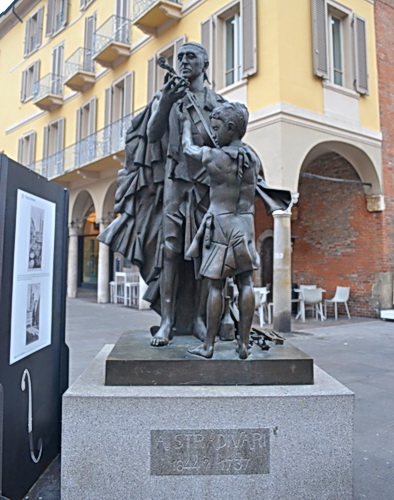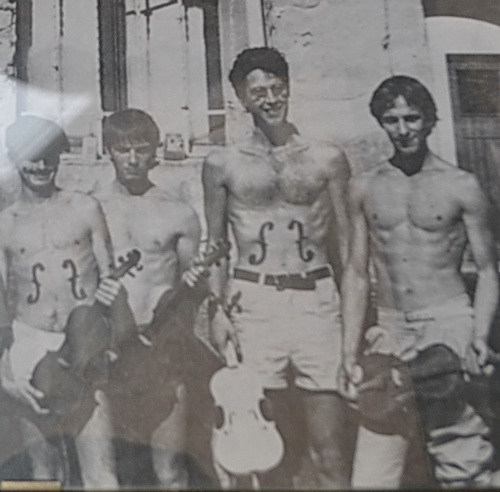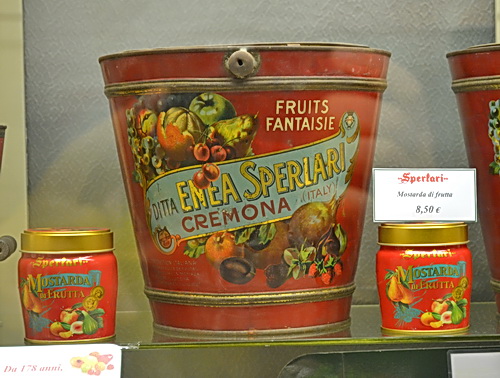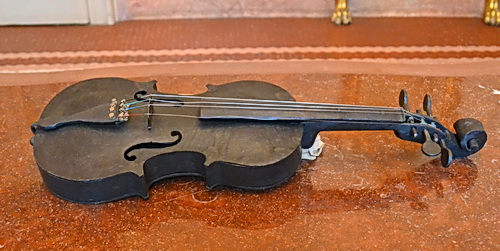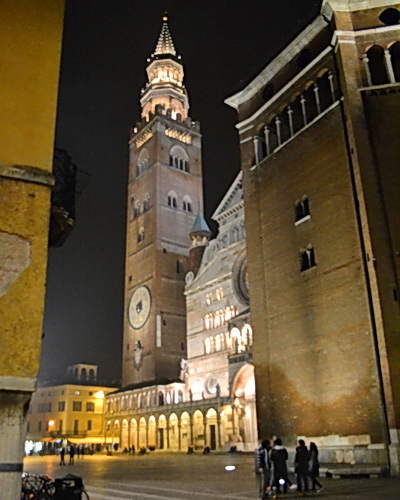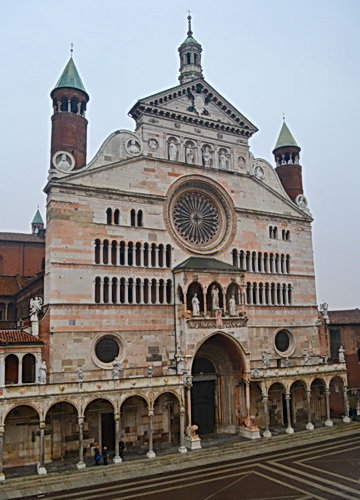For those of you eager to discover Italy’s hidden gems and lesser-known cities, we’re excited to introduce you to one of our new favorites—Cremona. Nestled on the north side of the Po River and just a short train ride from Milan, Cremona is easy to reach. If you’re joining our Emilia Romagna’s Culinary Delights tour, you’re in luck—your adventure begins in this charming city.
Instead of listing the typical tourist spots, we’ve curated our recommendations based on what left a lasting impression during our weekend in Cremona. We were captivated not only by the impressive monuments scattered throughout the medieval cobbled streets but also by the city’s deep connection to Stradivari and the violin, along with the discovery of the delightful local confection, torrone (nougat).
Stradivarius is a name known around the globe, synonymous with the violin. In fact, the traditional violin craftsmanship of Cremona was added to UNESCO’s Representative List of the Intangible Cultural Heritage of Humanity in 2012. Today, Cremona is home to over 120 violin makers, known as liutai, many of whom trained at the local Scuola di Liuteria.
One of the highlights of our time in Cremona was visiting the Museo del Violino, operated by the Fondazione Stradivari. This museum provides a fascinating journey through the history of the violin, its growing popularity, and an in-depth look at Stradivari’s process, tools, and techniques. If you’re even remotely interested in this exquisite instrument and its artistry, it’s a must-see.
If you have time, try to catch one of the concerts at the violin museum. It’s a treat!
But there’s more! The Museo del Violino isn’t just about history—it’s a living, breathing celebration of the violin. The museum houses a permanent collection of masterpieces, including the gold medal winners from the Triennale violin craftsmanship competitions, held every three years. And if you’re lucky, you can attend one of the special concerts in the museum’s Giovanni Arvedi Auditorium, a stunning hall renowned for its exceptional acoustics, designed by Giorgio Palù and Michele Bianchi with the expertise of acoustical engineer Yasuhisa Toyota. The museum regularly schedules performances featuring the violins from its collection—an unforgettable experience for music lovers.
Before the Museo del Violino opened, the town council housed the collection in its historic buildings. We highly recommend visiting these beautiful rooms, filled with paintings, antique furniture, and a miniature model of the Old City. Plus, from the upper windows, you’ll enjoy a magnificent view of the cathedral’s façade—best of all, entry is free! Today, students from all over the world come to the Scuola di Liuteria, spending five years learning the ancient art of violin-making. Many choose to stay in Cremona, and as you wander the atmospheric streets, you’ll come across numerous bottega di liutaio, workshops where foreign and local artisans craft violins, reflecting both the town’s tradition and its multicultural influences from countries like China, Japan, and Eastern Europe.
Cremona is also known as the town of the “three Ts”: Touròon (the nougat), Touràss (the bell tower), and Tetàss (referring to the physical beauty the ladies of Cremona, mainly their upper body proportions!). Some add a fourth “T” —Tognazzi, referring to the famous actor born in Cremona.
The towering Torrazzo, next to the cathedral, rises 112 meters (375 feet) and was constructed in two stages. The lower part dates back to 1267, built in the Romanesque style, while the upper octagonal segments were completed in 1305. The dome’s sphere and cross, added in the 17th century, crown this impressive structure.
Cremona’s cathedral, the Duomo di Cremona, was founded in 1100, with extensions added in the 13th and 14th centuries. The foundation stone, laid on August 26, 1107, marks the beginning of this architectural marvel, though it’s thought that even earlier Christian churches may have occupied this site.
No trip to Cremona is complete without indulging in the local specialties, starting with Torrone Sperlari, a famous Italian nougat brand. Traditionally served in winter, especially at Christmas, torrone can be soft and chewy or hard and brittle, with variations that include hazelnuts, almonds, pistachios, or just nut meal. According to local legend, the first torrone was made in 1441 for the wedding of Francesco Sforza, Duke of Milan, and Bianca Maria Visconti. Shaped like the famous Torrazzo, this sweet treat gave rise to the name torrone. Every November, Cremona celebrates the Festa del Torrone, featuring a reenactment of the wedding, music, dance, and, of course, plenty of opportunities to taste this delicious confection.
Another must-try is mostarda, a sweet-and-savory chutney made of candied fruit—cherries, pears, apples—soaked in mustard syrup. It pairs perfectly with boiled meats or cheese.
Cremona’s culinary delights continue with marubini in brodo (filled pasta with a salami-based filling), pumpkin ravioli, and the sweet sbrisolona cake. Don’t miss a visit to Sperlari’s, the oldest shop in Cremona
